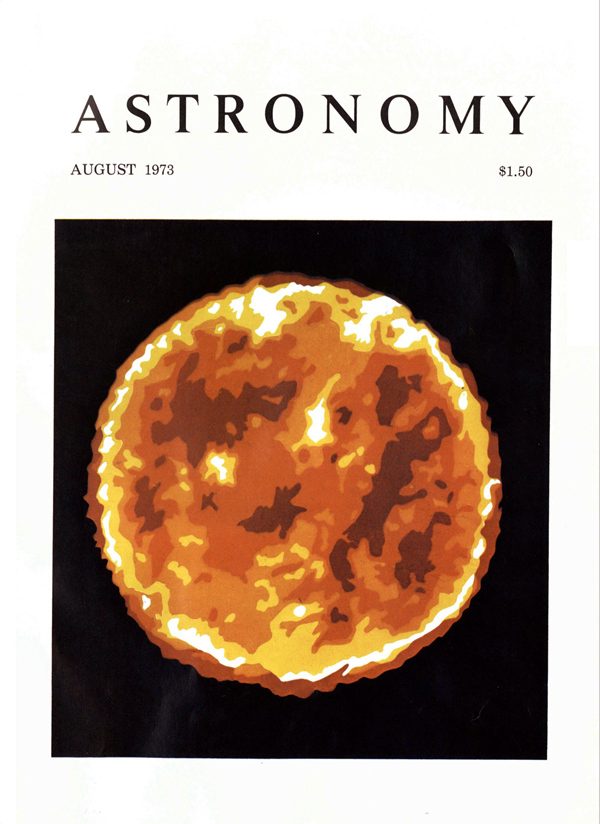On May 27, 1973, Stephen Walther — a Wisconsin native, graduate of the University of Wisconsin, and astronomy enthusiast — founded this magazine. Before a decade was out, Astronomy would grow to become the highest circulation title on the subject in the world. It maintains that distinction to this day.
To celebrate our founder’s legacy and the 45th year of our publication, we’re offering up a special package of stories. I hope you will enjoy this celebration of the biggest things that have occurred in the world of astronomy during the past 45 years. They cover the entire scope of our shared interests, from astronomy and astrophysics to planetary science to cosmology.
This package also represents an “alumni issue,” mostly written by folks who have been editors for the magazine in the past: Korey Haynes, Liz Kruesi, Bob Naeye, Frank Reddy, and John Wenz. Current editor Michael Bakich also contributed material, as did science journalist Mara Johnson-Groh. We hope you’ll like the diversity of big astro stories.
The world of astronomy has changed radically over the last half-century. We’ve explored Mars, from the Viking landers through the most recent Curiosity mission, with many a lander, orbiter, and rover in between. The quest to understand why Mars’ atmosphere has evolved over time still rolls on. We experienced the amazing Voyager Grand Tour, which explored the outer planets for the first time in history and revealed numerous moons as dynamic worlds in the process. And of course, just three years ago, New Horizons provided the first up-close look at Pluto, Charon, and the system’s other small moons.
Since the early 1990s, the Hubble Space Telescope has revolutionized our understanding of the universe at large — and shown us amazing pictures. Other spacecraft, chiefly COBE, WMAP, and Planck, have provided us with an ever-sharpening picture of the universe’s cosmological parameters — origin, age, size, evolution, and so on. And it’s widely believed by cosmologists that an early era of inflation impacted the universe that we inhabit.
Deep mysteries abound, and we’ve cracked some of their codes. We now know that black holes are ubiquitous in the cosmos, and we’ve even detected them after they crash into each other and ripple space-time with gravitational waves. And that greatest of mysteries, dark energy, still beckons: What is the nature of the repulsive force that is speeding up the expansion of the universe?
I hope you’ll enjoy this special package of content that celebrates big discoveries of the past 45 years. May the next 45 years be just as interesting, and filled with a sharpening view of the cosmos.











